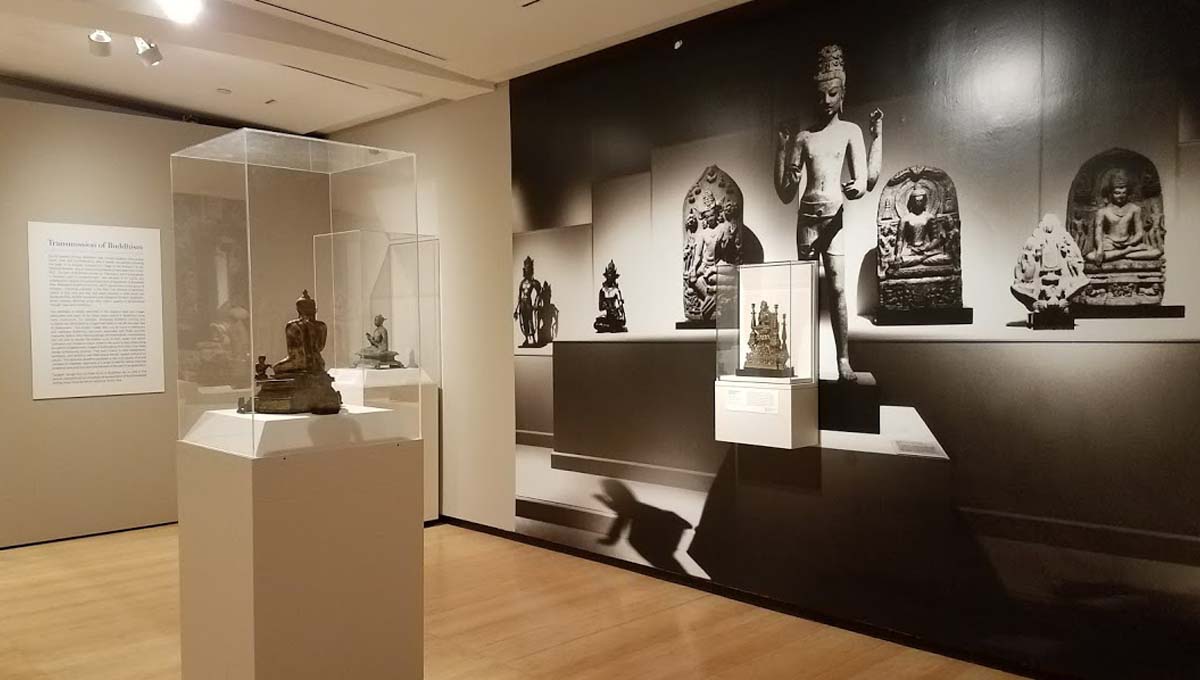Ensuring safe environments for rare antiquities
Founded in 1956 by John D. Rockefeller 3rd, Asia Society is a nonpartisan, nonprofit institution with major centers and offices in Asia, Europe, and North America.
The museum, located at the Society’s headquarters in New York, houses a collection that includes the Mr. and Mrs. John D. Rockefeller 3rd Collection of Asian art and contemporary works of art, and presents rotating exhibitions with loans from public and private collections around the world, including those in China, Japan, India, and Korea.
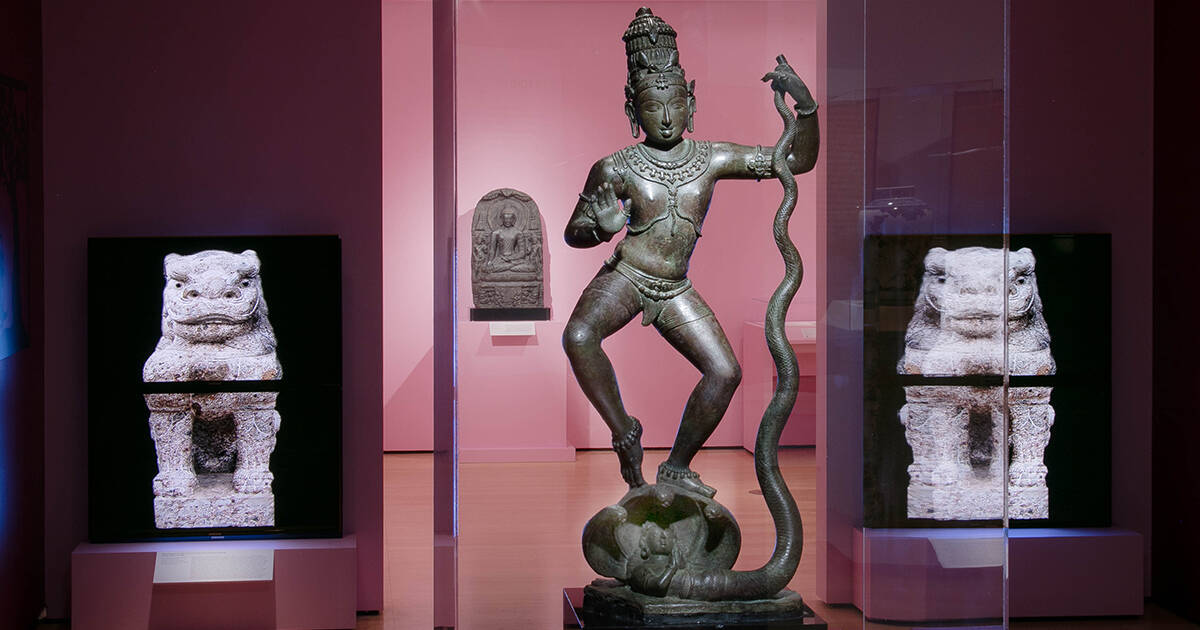
The challenge
The museum collection includes nearly 400 artifacts from more than thirty Asian-Pacific countries including Hindu and Buddhist statuary, temple carvings, Chinese and Japanese ceramics and scroll paintings, and new items that are added to the collection regularly.
The Society’s collection is often in rotation in the museum galleries along with loaned items that make Asia Society their temporary home throughout the year. When not on display, the collection is kept in secured climate controlled storage areas.
The museum’s storage areas comprise two dedicated rooms requiring different humidity levels. The first room requires a high-humidity environment (50–55%) for works on paper, Asia Society Ensuring safe environments for rare antiquities organic material, ivory, wood, and lacquer.
The second room requires lower humidity (35–40%) for bronzes as well as collections of porcelain and stone. Maintenance of the correct humidity in both areas is vital in conserving these artefacts. In addition, the museum needs to track humidity readings in its two large and two small galleries where objects are on public display.
Previously, the museum used recording drum hygrothermographs, however, when suppliers stopped producing paper charts for these units, the team needed to find a suitable replacement to continue monitoring humidity and temperature.
The solution
After some preliminary research and discussion with collection and conservation colleagues working in other New York based institutions, the team selected Lascar’s WiFi Temperature & Humidity data logging sensor, the EL-WiFi-TH, to trial across the site. Measuring ambient temperature and humidity, each sensor transmits its environmental data wirelessly via WiFi to the Lascar’s Cloud site for remote viewing and alarm monitoring.
This progression from chart recorder to remote monitoring solution did require an upgrade of the site’s existing WiFi network to make sure all areas had good coverage, but once finished, full installation of the loggers was completed in less than 2 weeks.
The resulting monitoring system saw units placed in all four galleries, two storage rooms, and in exhibition display cases containing both permanent collection and loan objects to monitor ambient and display case conditions.
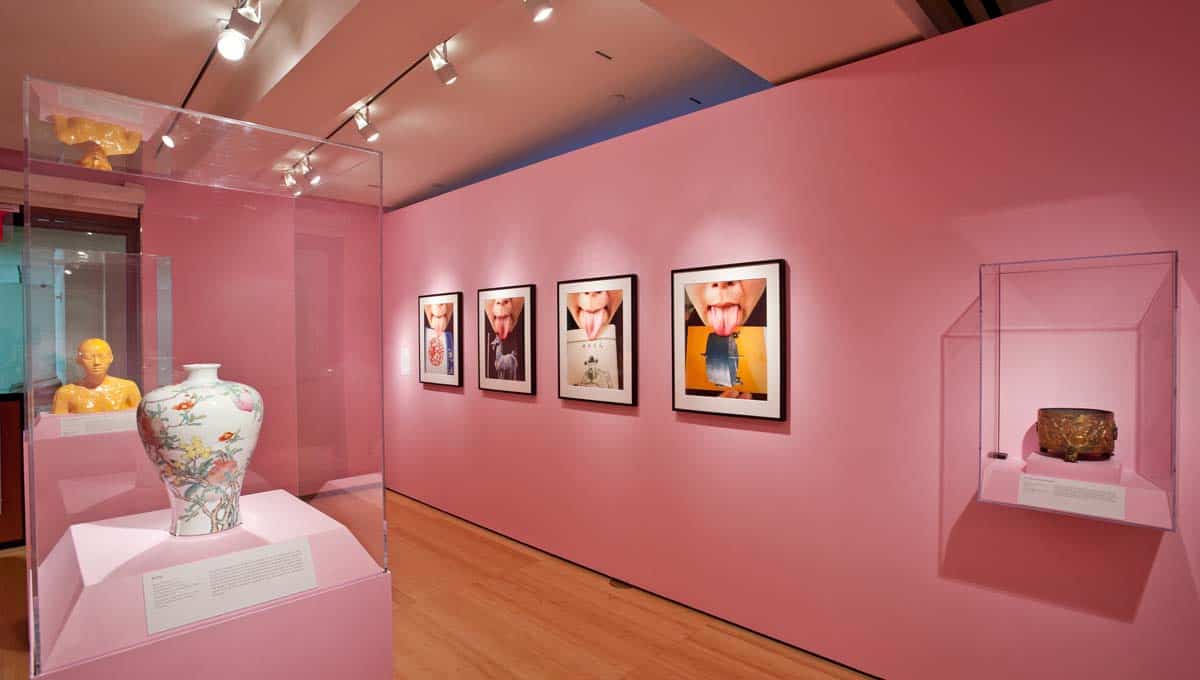
Benefits
Clare McGowan, Senior Registrar and Collections Manager at Asia Society, explains some of the benefits of the new system. “Asia Society has a dedicated IT team, but they primarily look after the network office systems for the overall global organization and don’t get too involved in the museum specific technology and equipment, so it was vital that our chosen solution had ‘plug and play’ functionality and was easy for the museum staff to set up and manage.”
As well as offering an extremely straightforward deployment process, the sensor’s accompanying software enables the team to easily set maximum and minimum alarms for both temperature and humidity—a particularly vital feature for the Society.
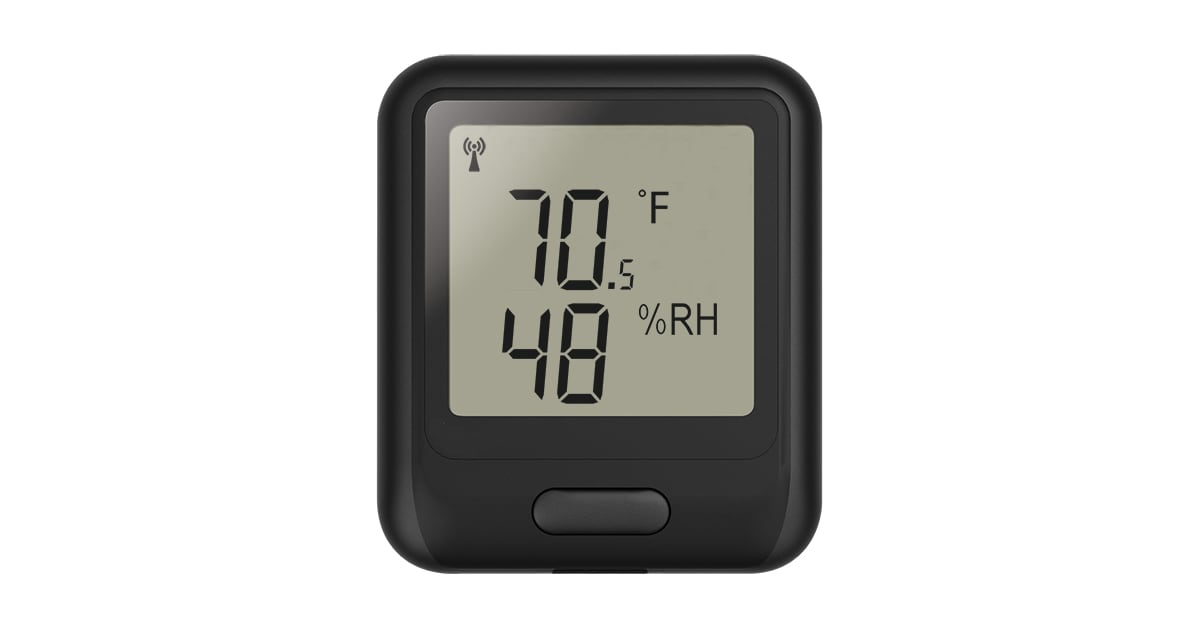
Clare continues: “The museum is located in a residential area which uses Manhattan’s district heating “We needed a monitoring solution that was easy to implement and easy to use and Lascar’s WiFi temperature & humidity data logging sensor ticked all the boxes for us.”
Clare McGowan, Senior Registrar and Collections Manager, Asia Society system, and our HVAC system relies on steam produced by steam-generating stations to heat and cool. When work is being done to the city system, we need to shut down our HVAC as well and during these periods, it’s particularly vital we track what’s happening in the museum spaces throughout the building. Having the wireless loggers allows us to monitor both temperature and humidity in all areas during these periods on-site and remotely, and ensures we get emailed alarms when readings exceed the limits we’ve set.
As well as monitoring sensors from any Internet-enabled device such as PC or Mac, Clare also uses the accompanying Android App. Designed to support a mobile interface such as smartphone or tablet, the App shares all of the features of Lascar’s Cloud site but in a format for real on-the-go access.
It’s just one more way in which Clare and her team can have immediate and efficient access to data twenty-four hours a day, seven days a week.
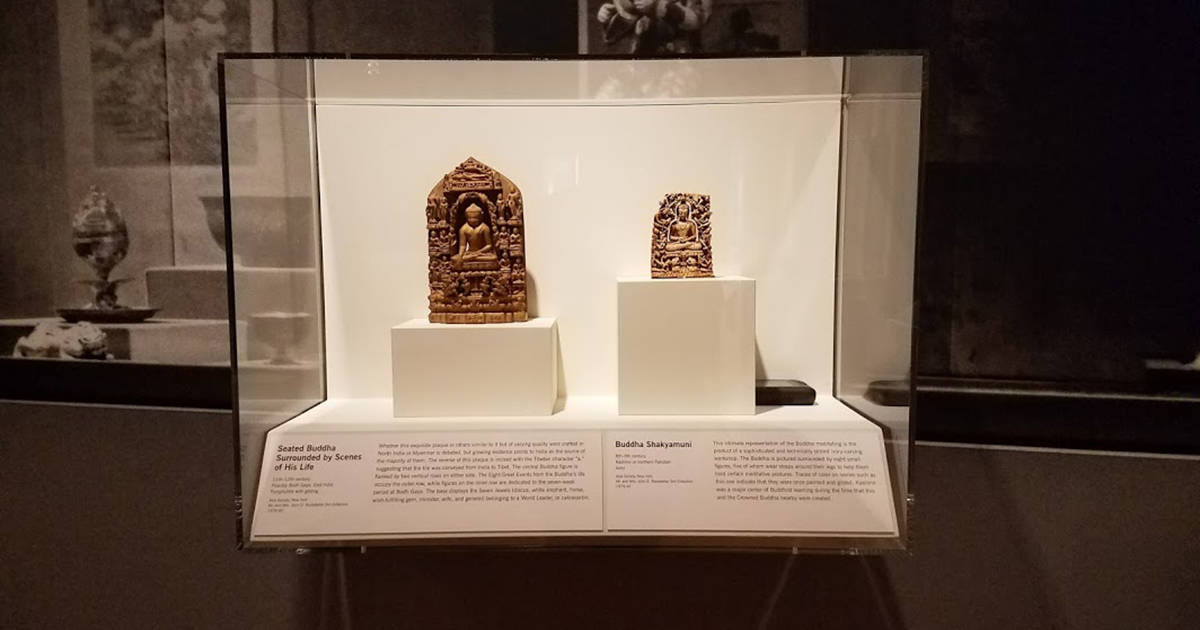
Whether permanently tracking temperature and humidity in a climate-controlled storage area or used temporarily for specific public exhibitions, historic data from each sensor is simple to review and store.
Clare and her team pull a detailed profile of conditions throughout any exhibition from Lascar’s Cloud site, which they can file or share with any facility that may have loaned an artefact, and export data weekly in PDF format from sensors located in all storage areas.
Clare concludes: “The reporting is easy, and because we can export to PDFs, we can print, file, and refer back to these reports at a later date. Some of our lenders not only want a report of the current readings but will ask to see the numbers in the previous year for that time period. The loggers enable us to meet these requests.”
“I LOVE the app. It’s easy to use and mirrors the set up on the Cloud.” Clare McGowan, Senior Registrar and Collections Manager, Asia Society

